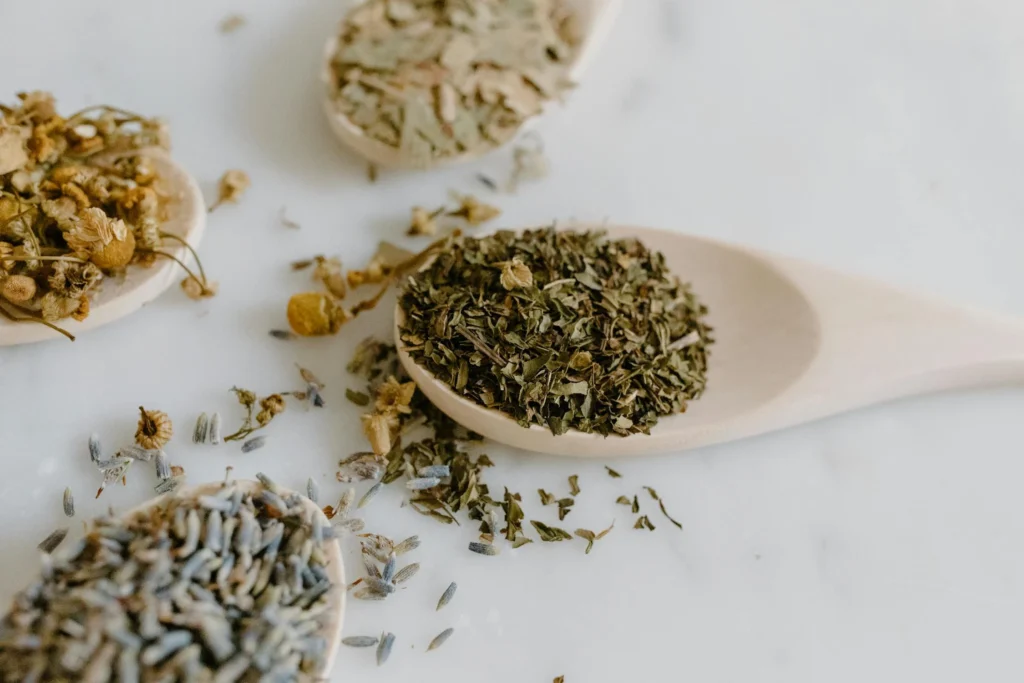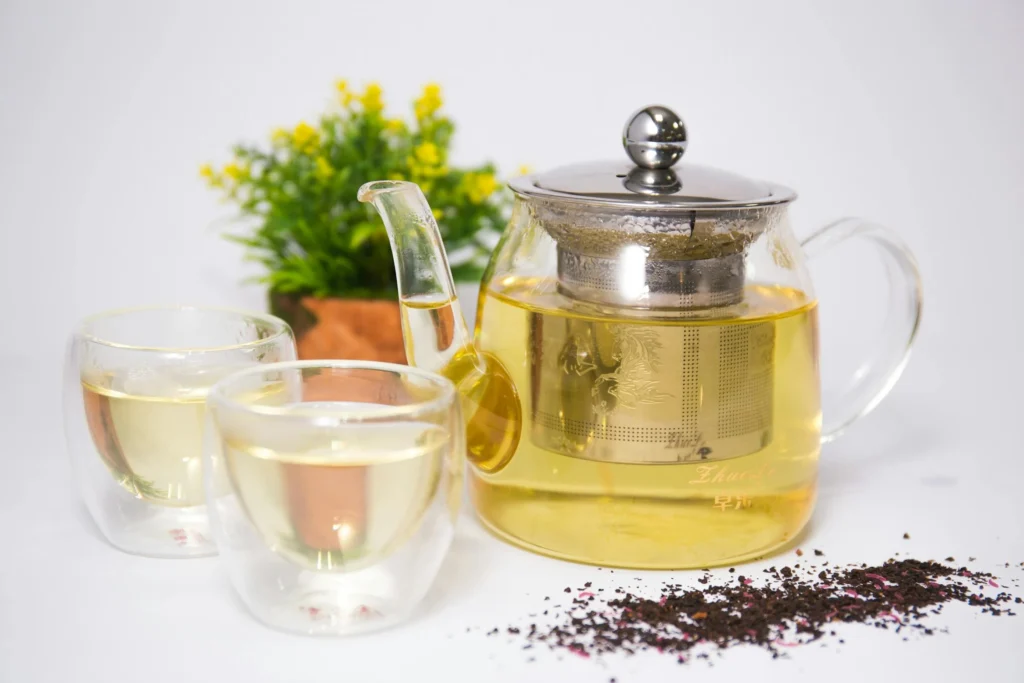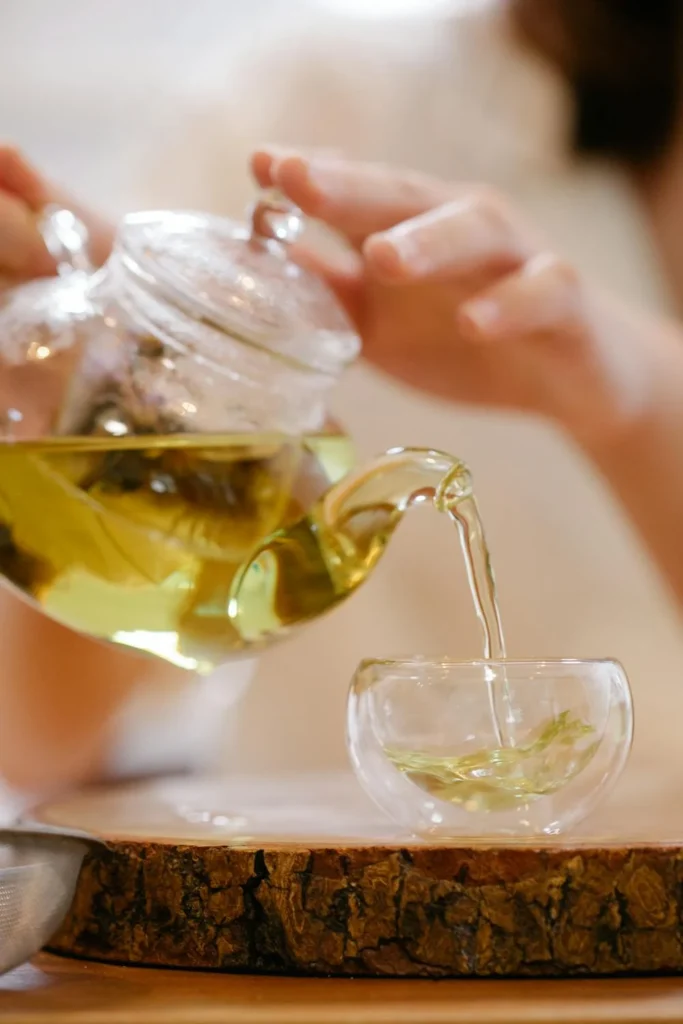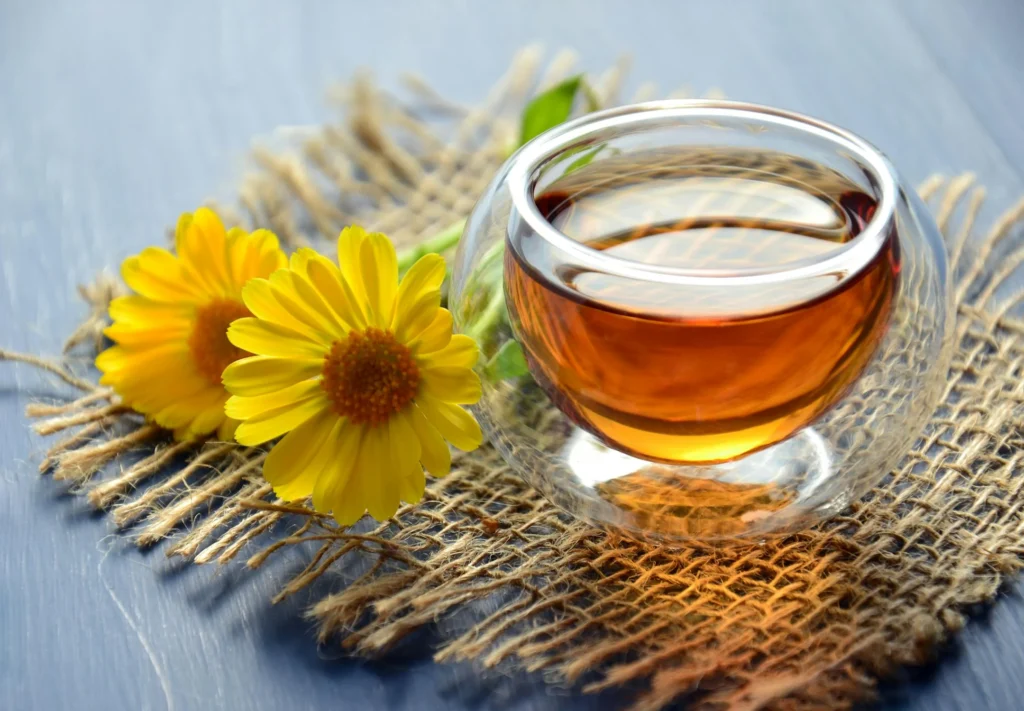In today’s fast-paced world, more people are turning to natural remedies to support their health and well-being. Among the most time-honored and widely used natural solutions is herbal tea. Known for its calming, restorative, and often therapeutic qualities, this beverage offers both flavor and function in every cup.
Whether you’re looking for a caffeine-free alternative, a soothing ritual, or a natural way to boost your health, herbal tea is a versatile companion on your wellness journey. In this comprehensive guide, we’ll explore the history, benefits, types, and best practices for brewing and enjoying herbal tea in everyday life.
What Is Herbal Tea?
Unlike traditional teas derived from the Camellia sinensis plant (such as green or black tea), herbal tea is made from the infusion of dried herbs, flowers, fruits, seeds, roots, or spices. These infusions are naturally caffeine-free and come in a wide variety of flavors and health benefits.
Because they don’t contain actual tea leaves, some experts prefer to call them “tisanes” or “herbal infusions.” But no matter what you call it, herbal tea is deeply rooted in ancient traditions and continues to be a modern-day staple for wellness enthusiasts.
A Brief History of Herbal Tea
The use of herbs for health and healing dates back thousands of years. In ancient Egypt, chamomile was consumed for relaxation and as a remedy for fever. Traditional Chinese Medicine and Ayurveda have long incorporated herbal infusions as essential tools for balancing the body’s internal systems.
Throughout Europe, Indigenous cultures, and across Asia, drinking herbal tea has been both a cultural practice and a method of preventive healthcare. Today, these traditions blend with modern science to provide herbal blends that serve both taste and therapeutic function.
Health Benefits of Herbal Tea
Many people reach for herbal tea not only for its taste but for the wide range of benefits it can offer. While different herbs serve different purposes, here are some common advantages associated with regular consumption of these natural infusions.
1. Supports Digestion
Herbs like peppermint, ginger, and fennel are popular for relieving digestive issues such as bloating, gas, and nausea. A warm cup after a meal can help soothe the stomach and support healthy digestion.
2. Promotes Relaxation and Reduces Stress
Chamomile, lavender, and lemon balm are well-known for their calming properties. These ingredients may help reduce anxiety, improve mood, and promote restful sleep.
3. Boosts the Immune System
Ingredients like echinacea, elderberry, and hibiscus are packed with antioxidants and vitamin C, which can help strengthen the immune system and ward off illness.
4. Anti-inflammatory and Antioxidant Properties
Turmeric, rooibos, and ginger contain compounds that help reduce inflammation and oxidative stress in the body. These properties can support joint health and overall cellular protection.
5. Caffeine-Free Energy
Some herbs, such as ginseng and licorice root, provide a gentle energy boost without the crash associated with caffeine. This makes herbal tea a great alternative to coffee for those sensitive to stimulants.

Popular Types of Herbal Tea
The world of herbal tea is incredibly diverse. From floral and fruity to earthy and spicy, there’s a blend for every palate and purpose. Here are some of the most well-loved varieties:
Chamomile
Light and floral, chamomile is often used for its calming and sleep-inducing qualities.
Peppermint
Refreshing and cooling, peppermint tea is perfect for aiding digestion and clearing the mind.
Ginger
Zesty and warming, ginger tea helps with nausea, inflammation, and circulation.
Hibiscus
Known for its deep red color and tart flavor, hibiscus tea is rich in antioxidants and may help manage blood pressure.
Rooibos
Originating from South Africa, rooibos is full of minerals and has a naturally sweet, nutty taste.
Lemon Balm
Mildly citrusy and soothing, lemon balm helps reduce anxiety and promote relaxation.
Turmeric
Often combined with ginger and black pepper, turmeric tea supports anti-inflammatory responses in the body.

How to Brew the Perfect Cup of Herbal Tea
Brewing herbal tea is more than just pouring hot water over leaves—it’s a ritual of self-care and mindfulness. Here’s how to prepare the perfect cup:
1. Choose Quality Ingredients
Opt for organic or sustainably sourced herbs when possible. Fresh, vibrant ingredients make a noticeable difference in flavor and potency.
2. Use the Right Temperature
Most herbal teas should be steeped in boiling water (around 200–212°F or 93–100°C), though delicate flowers like chamomile may benefit from slightly cooler water.
3. Steep with Patience
Steep your tea for at least 5 to 10 minutes. Longer steeping extracts more flavor and nutrients but may also intensify bitter notes in some herbs.
4. Add Enhancements
A drizzle of honey, a slice of lemon, or a pinch of cinnamon can elevate both taste and health benefits. Customize your cup to suit your needs and preferences.
When to Drink Herbal Tea
Because it’s caffeine-free, herbal tea can be enjoyed at any time of day. Here’s a breakdown of ideal times for specific types:
- Morning: Try ginger or ginseng blends to awaken your senses.
- Midday: Peppermint or hibiscus tea can refresh and energize without overstimulation.
- Evening: Chamomile or lemon balm helps you unwind and prepare for restful sleep.
Incorporating herbal tea into your daily routine can support hydration and encourage mindful breaks throughout your day.
Safety and Precautions
While herbal tea is generally safe, it’s important to use herbs mindfully. Some herbs may interact with medications or be unsuitable for pregnant or breastfeeding individuals. Always consult a healthcare provider if you have any concerns.
Examples of Caution:
- St. John’s Wort can interfere with antidepressants.
- Licorice root may raise blood pressure in high doses.
- Valerian root should be used carefully as a sleep aid.
Stick to recommended serving sizes and use moderation, especially when trying a new herb for the first time.

Buying and Storing Herbal Tea
To get the most from your herbal tea, store it properly and choose quality products.
Tips for Buying:
- Look for organic and non-GMO certifications.
- Read ingredient lists to avoid artificial additives.
- Explore local apothecaries, health food stores, or trusted online retailers.
Storage Advice:
Keep your herbs or tea bags in an airtight container away from direct sunlight, heat, and moisture. Proper storage maintains potency and flavor for longer periods.
Making Herbal Tea a Daily Ritual
Drinking herbal tea isn’t just about the physical benefits—it’s about cultivating a moment of peace. Taking five or ten minutes to brew and enjoy a warm, fragrant cup encourages mindfulness and reduces stress.
You can create a simple ritual by:
- Preparing a cup during your afternoon break.
- Ending your day with a nighttime blend before bed.
- Pairing your tea with journaling or reading for mental clarity.
These small, repeated moments of calm can have a cumulative positive effect on mental and emotional well-being.
Conclusion: A Simple Way to Embrace Natural Wellness
In a world filled with quick fixes and synthetic solutions, herbal tea stands out as a gentle, time-honored way to support your health. Its soothing warmth, diverse flavors, and healing properties make it more than just a beverage—it’s a tradition, a remedy, and a lifestyle.
Whether you drink it for relaxation, immune support, or simply as a delicious treat, incorporating herbal tea into your daily life is a rewarding step toward holistic wellness. So, steep a cup, slow down, and sip your way to better health—naturally.


Pingback: 10 Incredible Health Benefits of Pomegranate Juice and How to Enjoy It Daily - topdeliciousrecipes.com